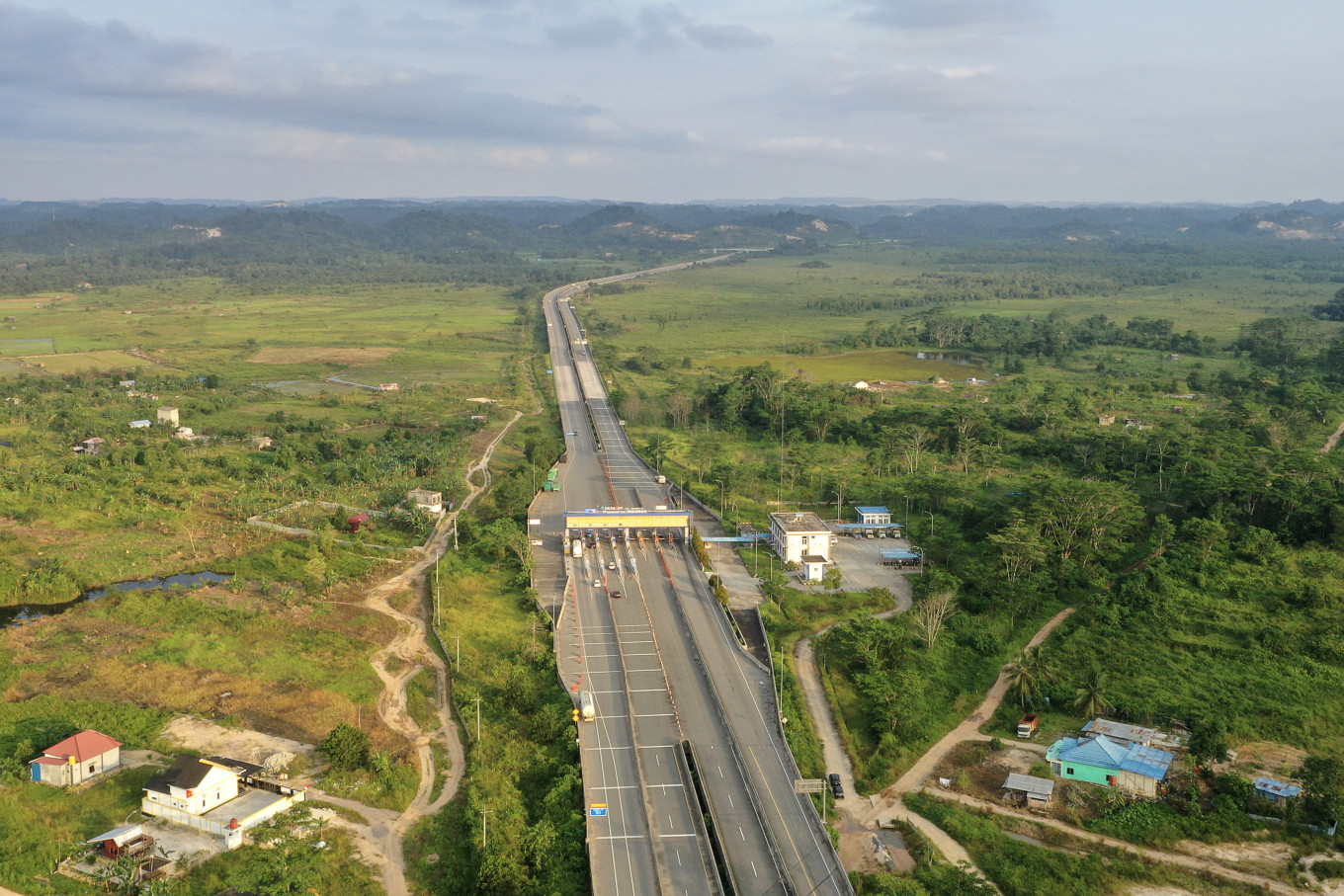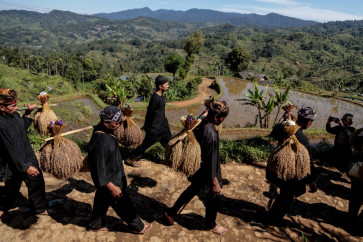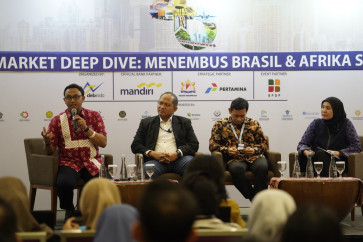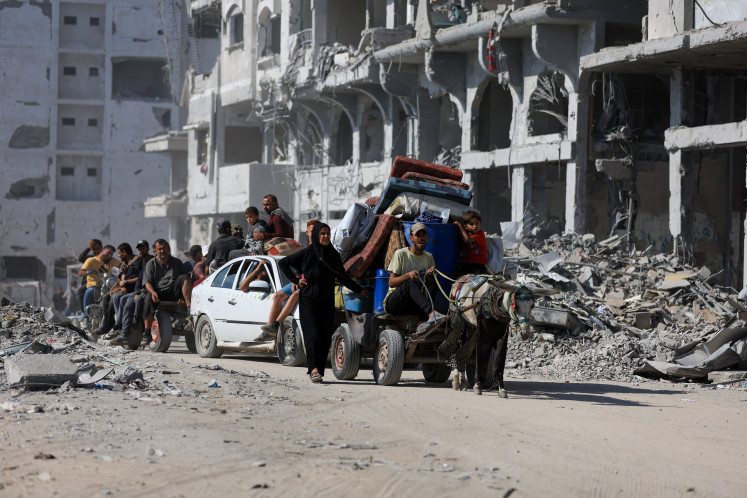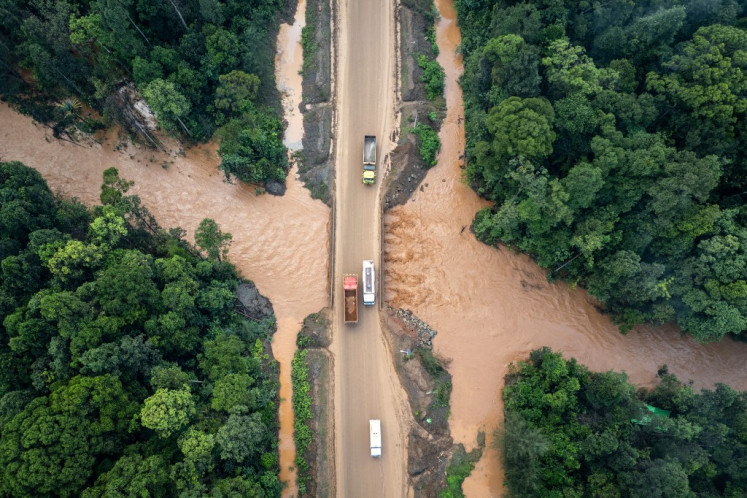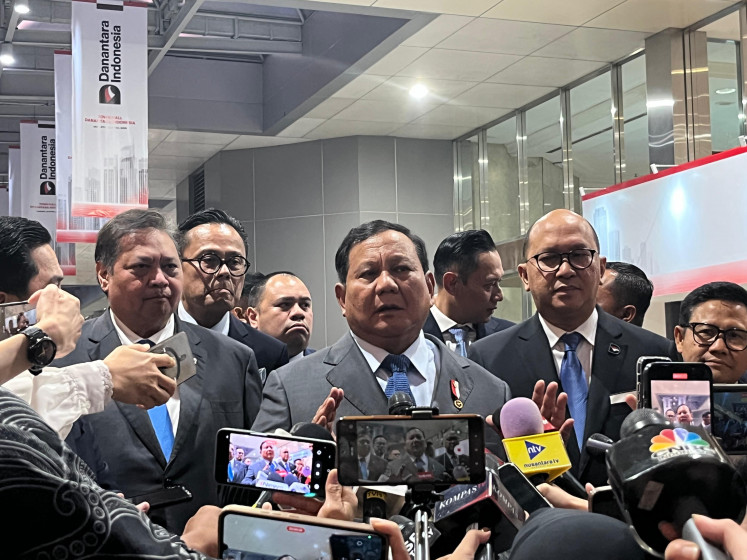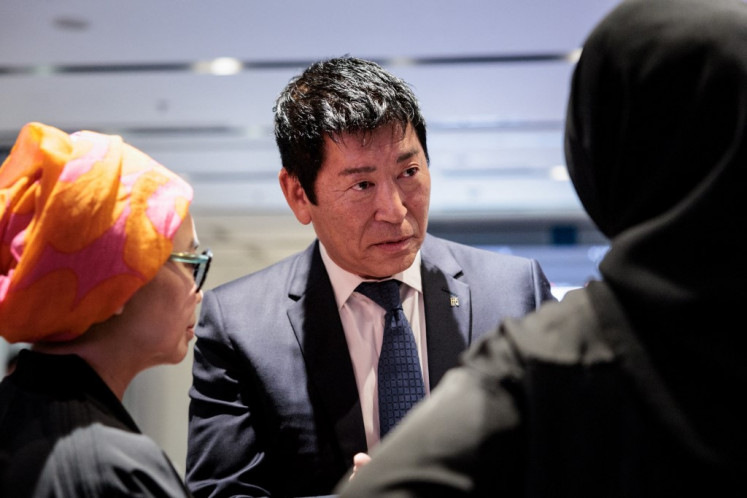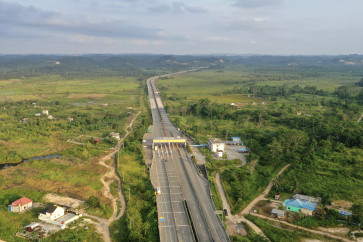Popular Reads
Top Results
Can't find what you're looking for?
View all search resultsPopular Reads
Top Results
Can't find what you're looking for?
View all search resultsThe main economic challenges for Prabowo’s government
Prioritizing underdeveloped regions, improving education and healthcare systems and investing in sustainable infrastructure are all necessary steps toward securing Indonesia’s future.
Change text size
Gift Premium Articles
to Anyone
T
he new government under Prabowo Subianto and Gibran Rakabuming Raka will step into big shoes, inheriting the complex task of not just continuing but improving upon outgoing President Joko “Jokowi” Widodo’s achievements.
Jokowi has laid important groundwork, especially in infrastructure, to guide Indonesia toward its goal of becoming a high-income country. His administration saw the completion of around 200 infrastructure projects — from roads, dams and ports to the highly ambitious new capital city, Nusantara. However, the new leadership faces the challenge of ensuring these projects truly serve Indonesia’s broader vision.
A major part of this vision, known as Golden Indonesia 2045, hinges on leveraging the infrastructure already built. The question is how the new government can maximize these resources to tackle Indonesia’s three key structural challenges: uneven regional development, a significant gap in human capital and the pressing need for environmental sustainability. One of Indonesia’s most glaring issues is regional disparities.
While Java dominates the country’s economy, contributing over 58 percent of its gross domestic product, the rest of the archipelago, especially Eastern regions like Papua, Maluku and Nusa Tenggara, lag far behind. For too long, development has been concentrated in Java and other major cities, leaving these areas with fewer job opportunities, lower incomes and limited access to services.
Jokowi’s administration took significant steps to address this imbalance, investing in ambitious projects like roads and ports in underdeveloped regions. His capital city relocation to Nusantara is a bold move aimed at redistributing economic growth. But building infrastructure alone is not enough. The real challenge for Prabowo and Gibran’s government is ensuring that these projects work efficiently to uplift the people who need them most.
A central part of this strategy should be enhancing connectivity between regions. Improving transportation and logistics networks, particularly between Java and other key islands like Sumatra, Borneo and Papua, is critical. Reducing the cost of moving goods and enhancing trade routes could stimulate growth in industries like agriculture, fisheries and tourism—sectors with untapped potential in areas historically overlooked. The government also needs to revisit existing special economic zones (SEZs) to ensure they are fulfilling their role to promote regional development. Another essential aspect of connectivity is digital infrastructure.
Expanding internet access in rural and remote areas will help bridge the digital divide and open up new economic opportunities. Indonesia’s digital economy is booming, especially in sectors like e-commerce and financial technology. By extending projects like the Palapa Ring and leveraging newer technologies like Starlink, the government can provide rural businesses with access to larger markets and digital financial services, boosting productivity and growth.

